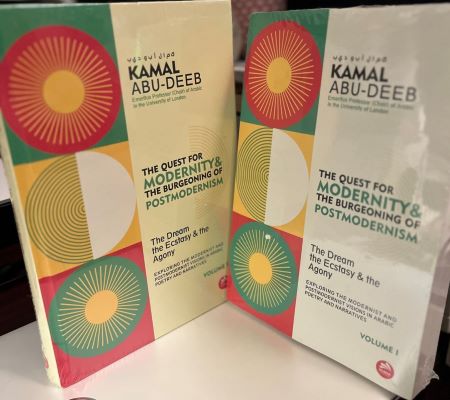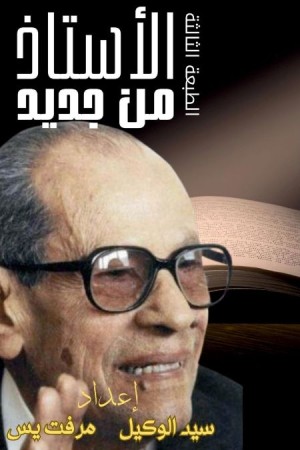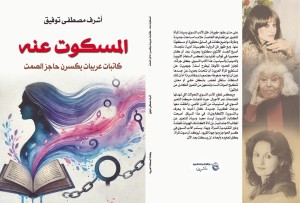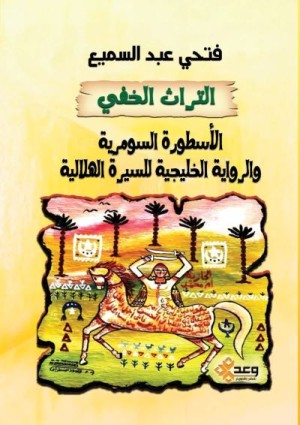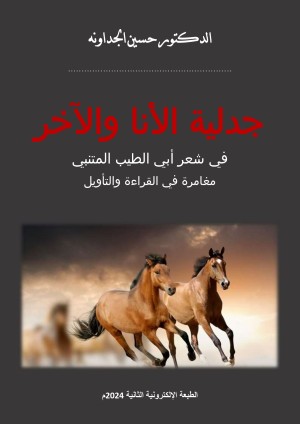The Quest for Modernity and the Burgeoning of Postmodernism
1. Most books about Arabic literature in English are written to introduce it to a reading public that suffers from almost total ignorance not only of Arabic literature but of the Arabs themselves as human beings. And more often than not, most books are academic and often done to obtain a degree or promotion. Moreover, with very few exceptions, they are written by outsiders, foreign to the language, the artistic and literary traditions, as well as the aspirations of a people who inhabit that vast part of the world with that vast history of amazing cultures and great civilisations; in fact, the birth place of human culture and civilisation. A special category of books is that written by people who are involved in a struggle for survival with the Arabs, and their writing is no more than a weapon in that existential battle. The exceptions to the scene depicted here are truly, very, very, few. Undoubtedly, some of these are useful sources of knowledge and pleasure.
This book is different almost in every possible way in which a book can be different. It is different because I do not want to introduce Arabic literature and culture to anyone. It is not An Introduction to anything. It is an exploration from within and only aspires to discover, to understand, to enjoy, and to share in the ecstasy and the agony.
2. This book represents part of the outcome of five decadesof an intimate, personal involvement in the modernist cultural activity in the Arab world. During these decades, my work has explored the formation of a new aesthetic, a new poetics and a new vision, or a 'worldview,' often discerning in nascent, burgeoning, hints in a poetic text or a work of fiction, something different, inventive, questioning and rebellious, something with a flair for language and a fervent imagination and has helped that something to take shape and become a new phenomenon. My work has done that by crystallizing and theorizing it and exploring its significance as both an artistic feature and a wider socio-political-economic-cultural process. In truth, the critical analysis has often predicted the orbit and direction of the potential flow of the artistic impulse and ended up influencing and at times shaping its course and mode of activity in the cultural output of some of the leading creative writers as well as some of the younger generation emerging onto the cultural stage.
3) The hadathi project was a comprehensive one; Arab hadatha had a collective vision with political and social dimensions sustained by a massive body of intellectual efforts and ideas supporting and indeed driving it. That was part of its agony, for the artistic hadathi movement pushed ahead reaching levels of achievement not paralleled on the social and political plains. A split thus developed and hadathi art found itself separated from its roots and in isolation from the public space except, perhaps, for works that allied themselves with the Palestinian revolution. Contrarily, postmodernist writing has been so far a highly restricted activity, even within the artistic space, and it still lacks any coherent social or political vision. Coherence, however, is not what one expects in a postmodern outlook any way. How things develop is anybody’s guess; this book aspires to be a lantern illuminating some of the still hidden folds of that mysterious time to come.
KAMAL ABU-DEEB
EMERITUS PROFESSOR (CHAIR) OF ARABIC
IN THE UNIVERSITY OF LONDON
Further Reading
Upcoming Events
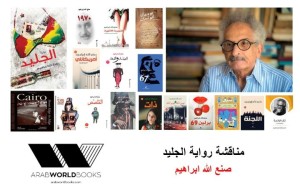
Sonallah Ibrahim's Ice
June 26, 2025
Join us for a special discussion on Sonallah Ibrah...
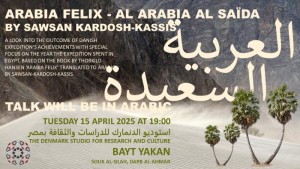
Arabia Felix - Alarabia Alsaida in Bayt Yakan
April 15, 2025
Arabia Felix by Thorkild Hansen, and translated by...
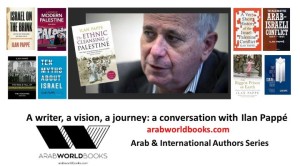
A writer, a vision, a journey: a conversation with Professor Ilan Pappe
March 15, 2025
This event took place on 15 March, 2025 . You may...
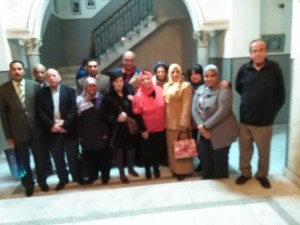
مسافر يبحث عن ماء
February 17, 2025
تقيم نقابة اتحاد كتاب مصرشعبة أدب الرحلات تحت رعاي...
